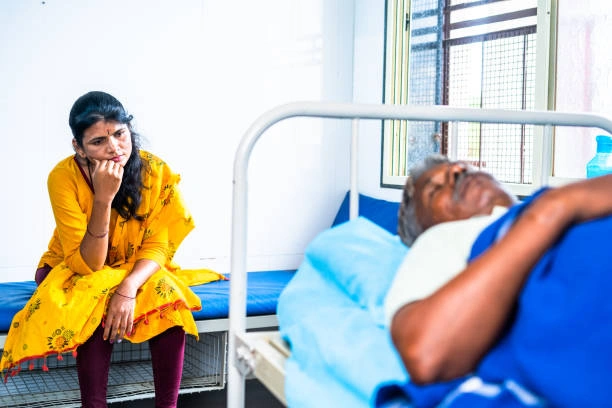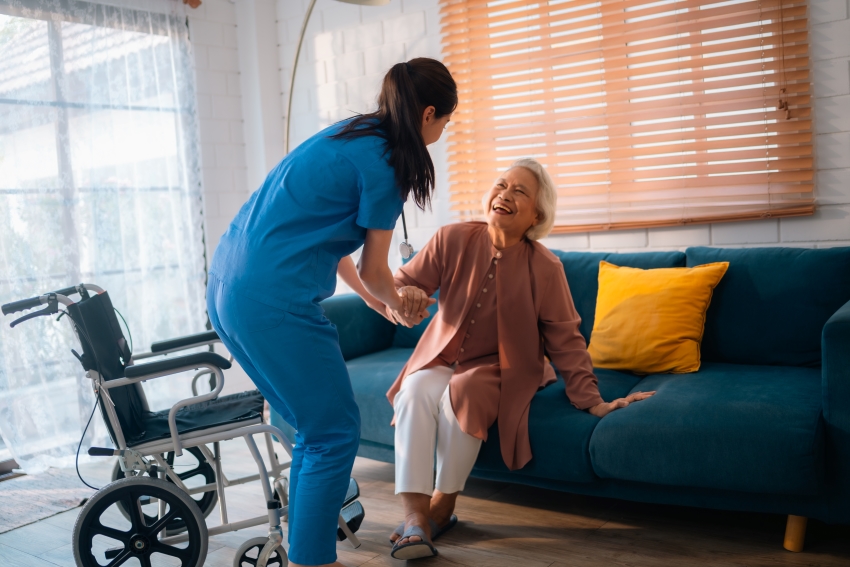What are the necessary tips to be taken to prevent falls?
30-09-24
Falls can cause significant injury. From evaluating your prescriptions to hazard-proofing your house, these basic fall prevention strategies will help you avoid falling.
1. Schedule an appointment with your primary care physician.
Make an appointment with your primary care physician to begin. Your health care provider may want to discuss the following topics with you in order to assess your risk and discuss fall prevention strategies:
Your prescriptions.
Make a note of your prescription and over-the-counter medications and vitamins, or bring them to your visit. To aid with fall prevention, your doctor may suggest weaning you off medications that make you fatigued or impair your thinking, such as sedatives, antihistamines, and some antidepressants.
Any previous mishaps.
Make a note of the specifics, such as when, where, and how you fell. Details like these can help your doctor discover specialized fall prevention techniques.
Your medical conditions.
Certain eye and ear conditions can increase your risk of falling. Prepare to explain your health conditions and how comfortable you are when you walk, such as whether you have dizziness, joint discomfort, shortness of breath, or numbness in your feet and legs.
2. Continue to move
Physical activity can help in fall prevention. Consider walking, water workouts, or tai chi — a light exercise that incorporates slow and graceful dance-like motions — with your doctor's approval. These activities help to improve strength, balance, coordination, and flexibility, which reduces the chance of falling.
3. Put on good shoes
As part of your fall prevention strategy, consider altering your footwear. Wear shoes that are well-fitting, robust, and flat, with nonskid soles. Sensible footwear may also help to alleviate joint pain.
4. Remove any clutter in your home.
Examine your surroundings for potential fall hazards. To make your home more secure:
●Clear walkways of boxes, newspapers, electrical cords, and phone cords.
●Remove high-traffic areas' coffee tables, magazine racks, and plant stands.
●Secure loose rugs using double-faced tape, tacks, or slip-resistant backing – or remove them entirely.
●Repair any loose wooden planks and carpeting as soon as possible.
●Clothing, dishes, food, and other basics should be kept within easy reach.
●Clean up any spilled liquids immediately.
●Non Slip mats should be used in the bathtub or shower. Utilize a bath seat to allow you to sit while showering.
5. Lighten up your living space
Keep your home well-lit to avoid tripping over objects that are difficult to see. Also:
●Place night lights in your bedroom, bathroom, and corridors as well.
●Place a lamp near your bed in case you need to get out of bed in the middle of the night.
●Clear paths to light switches that are not close to room entrances. Consider replacing standard switches with glow-in-the-dark or lighted switches.
●Before going up or down the steps, turn on the lights.
●In the event of a power outage, keep flashlights in easily accessible locations.
6. Make use of assistive equipment
To keep you stable, your doctor may advise you to use a cane or walker. Other assistive devices can also be beneficial. As an example:
●Stairway handrails on both sides
●Treads for bare-wood steps that are non slip
●A toilet seat that is elevated or has armrests
●Shower or bathtub grab bars
●A strong plastic shower or tub seat, as well as a hand-held shower nozzle for showering while seated.
If required, request a referral to an occupational therapist from your primary care physician. Other fall prevention methods can be discussed with an occupational therapist. Some options are simple to implement and reasonably priced. Others may necessitate expert assistance or higher investment. If you're concerned about the cost, keep in mind that fall prevention is an investment.























